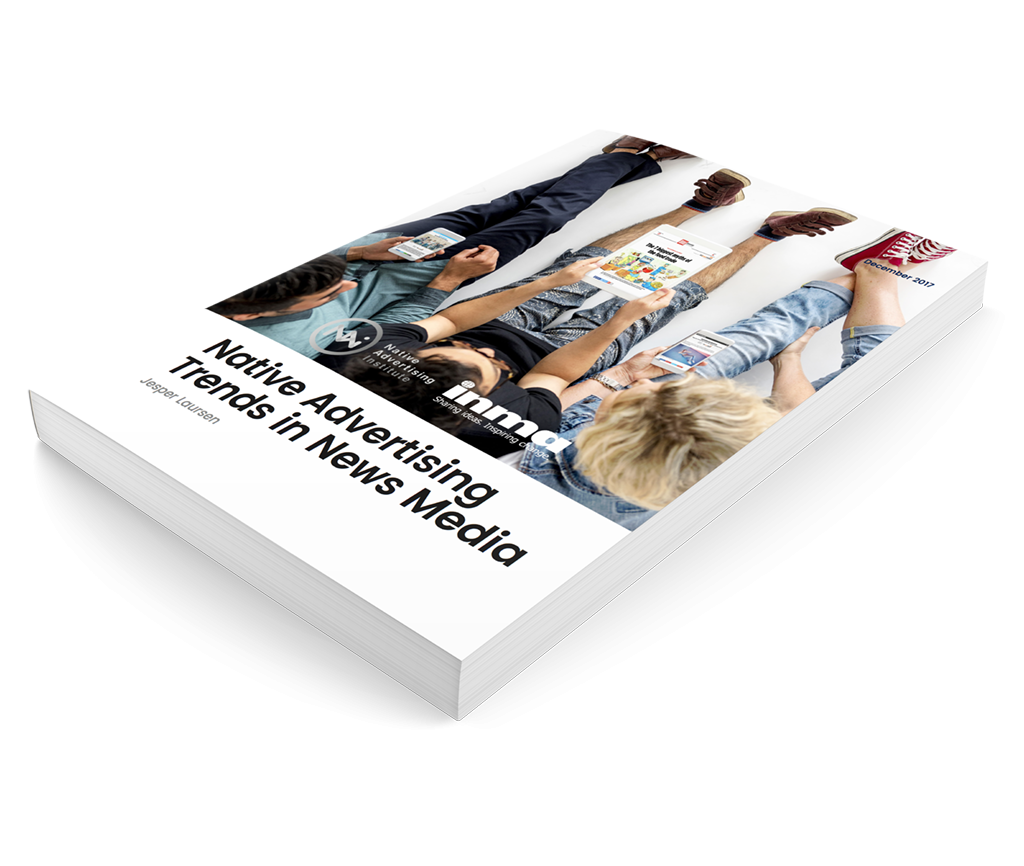
By Richard B. Newman
FTC Defense Lawyer
New York, USA
Connect
Native advertising is intentionally designed to blend in with its surroundings, resembling news, feature articles, product reviews or other entertainment. The inconspicuous commercial nature of native advertising is exactly what motivates the U.S. Federal Trade Commision (FTC) to outline its expectations and commission research.
Ad recognition may be particularly challenging for consumers in the areas of search advertising and native advertising. The FTC has expressed concern that consumers sometimes have difficulty distinguishing regular search results from advertised search results and has provided specific guidance to search engines on this issue.
For example, in June 2013, the FTC provided guidance to the search engine industry on the need to distinguish between advertisements and search results. The FTC staff has also provided specific guidance to native advertisers and has provided general guidance on making effective disclosures in digital media.
The disclosure should be made in a way that ensures consumers can read, process and understand it.
When is an ad deceptive?
FTC’s Enforcement Policy Statement on Deceptively Formatted Advertisements explains that an advertisement is deceptive under Section 5 of the FTC Act if it materially misleads consumers as to its commercial nature or source. In other words, consumers should be able to recognize an ad as an ad. If a separate disclosure is necessary to make that happen, the disclosure should be made in a way that ensures consumers can read, process and understand it.
However, still, not all native ads have sufficient disclosure for the audiences to recognize them as ads. So what to do?
The FTC was interested in whether making changes to the design and wording of disclosures could improve consumers’ recognition
New report on native advertising recognition
In December 2017, the U.S. Federal Trade Commission released a report entitled, Blurred Lines: An Exploration of Consumers’ Advertising Recognition in the Contexts of Search Engines and Native Advertising: A Federal Trade Commission Staff Report (the “Report”).
While the Report does not replace previous disclosure guidelines, it is a must-read for ensuring that native advertisements effectively walk the line between commerce and compliance.
The Report summarizes exploratory research the FTC staff conducted in 2014-2015 to gain additional insights into consumer recognition of native and search ads. In particular, the FTC was interested in whether making modest changes to the design and wording of disclosures could enhance consumers’ recognition of these ads. The changes were based on guidance previously issued by the FTC staff and usability and web design principles.
RELATED: 5 Experts on How Not to Deceive Your Audience
The study compared participants’ reactions to actual ads (both native and search) as they appeared on a series of captured web pages to the reactions of other participants to nearly identical versions of these same web pages with ad disclosures modified to improve their prominence, legibility or clarity.
A number of modifications were made, including changes to disclosure language, position, text size and colour, and to other visual cues such as the borders around or background shadings of ads or ad groupings.
Half of the ads were derived from search engine page results, the other half from media sites that included native advertising. The study tested an equal mix of ads that consumers viewed on either a desktop computer or smartphone and measured their eye movements as they looked at the web pages.
The disclosure modifications substantially increased the likelihood that a participant recognized an ad as an ad.
Changes improved ad recognition
The reactions of the tested consumers were recorded and scored.
Overall, the study results suggest that using commonsense disclosures that are consistent with FTC staff’s guidance can improve the likelihood that consumers will recognize an ad as an ad.
Across the different ads tested – after controlling for the influence of other factors such as the type of ad, an individual participant’s tendency to recognize or not recognize ads, and the order in which a participant saw the ads – the disclosure modifications substantially increased the likelihood that a participant recognized an ad as an ad.
RELATED: The Standard for Native Ads Are Almost Higher Than for Journalism
The improvements observed were substantially similar across search and native ads, as well as between ads viewed on a desktop and on a smartphone. Even with the improved disclosures, though, a significant percentage of participants still did not recognize some ads as ads.
The combined set of changes in the modified ads resulted in heightened awareness to the tune of a 10% - 45% increase in ad recognition.
Disclosures must be clear and prominent on all devices and platforms that consumers may use to view native ads.
How to make clear and prominent disclosures
Disclosures that are necessary to avoid misleading consumers must be presented clearly and prominently. Only disclosures that consumers notice, process and understand can be effective. Inadequate disclosures cannot change the net impression created and will not stop consumers from being deceived that advertising or promotional messages are something other than ads.
In general, disclosures should be:
- in clear and unambiguous language
- as close as possible to the native ads to which they relate
- in a font and colour that is easy to read
- in a shade that stands out against the background
- for video ads, on the screen long enough to be noticed, read and understood
- for audio disclosures, read at a cadence that is easy for consumers to follow and in words, consumers will understand
Disclosures must be clear and prominent on all devices and platforms that consumers may use to view native ads.
In assessing effectiveness, disclosures should be considered from the perspective of a reasonable consumer. When ads are targeted to a specific audience, the relevant perspective is that of a reasonable or ordinary member of the targeted group. Advertisers should improve their disclosures if there are indications that a significant minority of reasonable consumers do not notice, process, or comprehend them.
RELATED: 6 Tips to Succeed in Native Advertising and Content Marketing
Advertisers have flexibility as to how to identify native ads as ads, so long as consumers notice and process the disclosures and comprehend what they mean. Some native ads use text labels or company logos combined with other visual cues, such as background shading, outlines, or borders.
Multimedia ads, such as online videos, may use graphics, video or audio disclosures, or some combination thereof. Additional considerations that advertisers should take into account in furtherance of making clear and prominent disclosures in native advertising on the main page of a publisher site and on the click- or tap-into page on which a complete ad appears, include, without limitation, proximity and placement, prominence and clarity of meaning.
Native ads that fail to clearly identify their commercial nature are prosecuted by the FTC under Section 5 of the FTC Act, prohibiting “unfair or deceptive acts or practices.”
This article is provided for informational purposes only and is not to be considered legal advice, nor does it create a lawyer-client relationship. No person should act or rely on any information in this article without seeking the advice of an attorney.
A report from INMA and Native Advertising Institute shows that in 2017, 11% of news media publishers were not labelling native ads. Read more in the report which you can DOWNLOAD RIGHT HERE.
